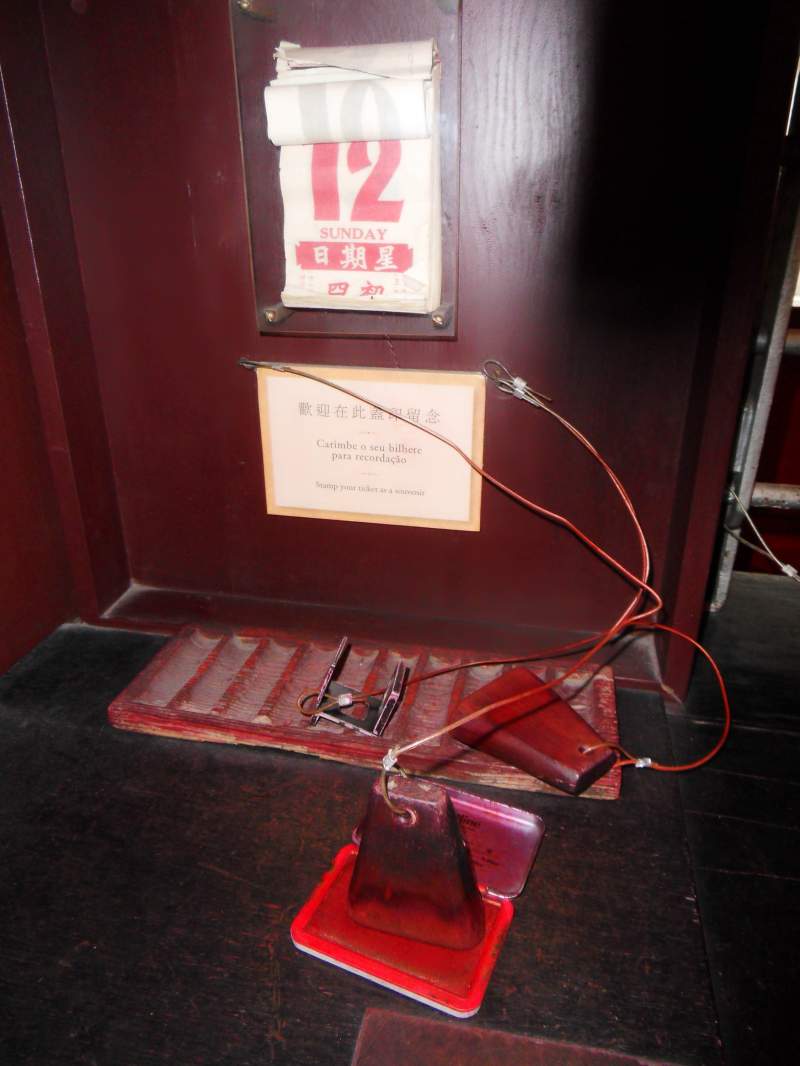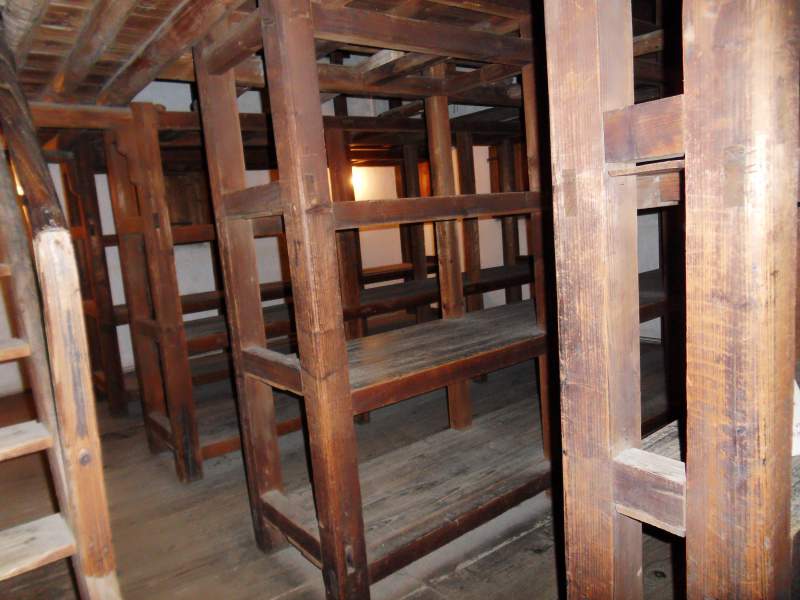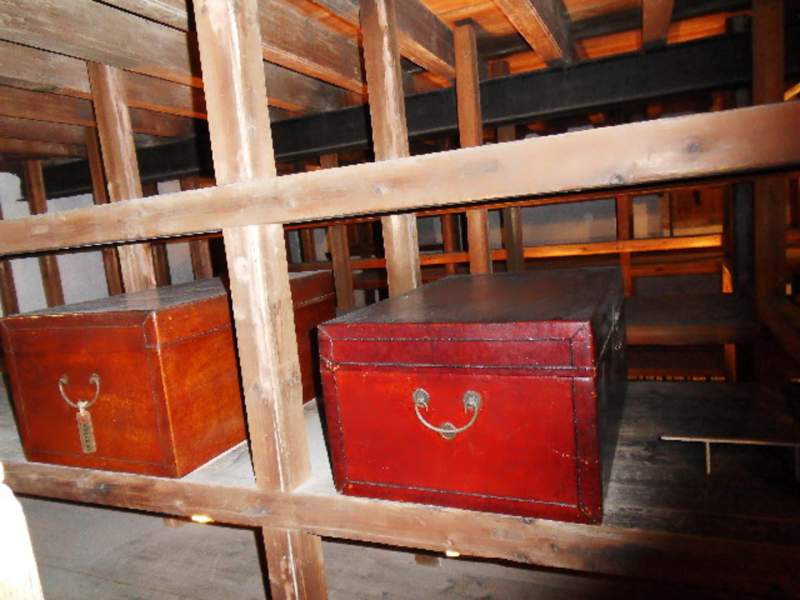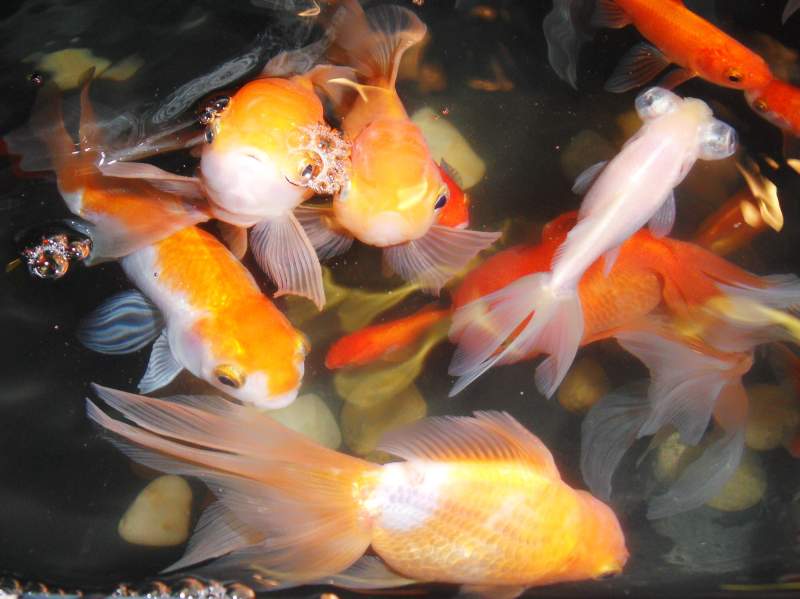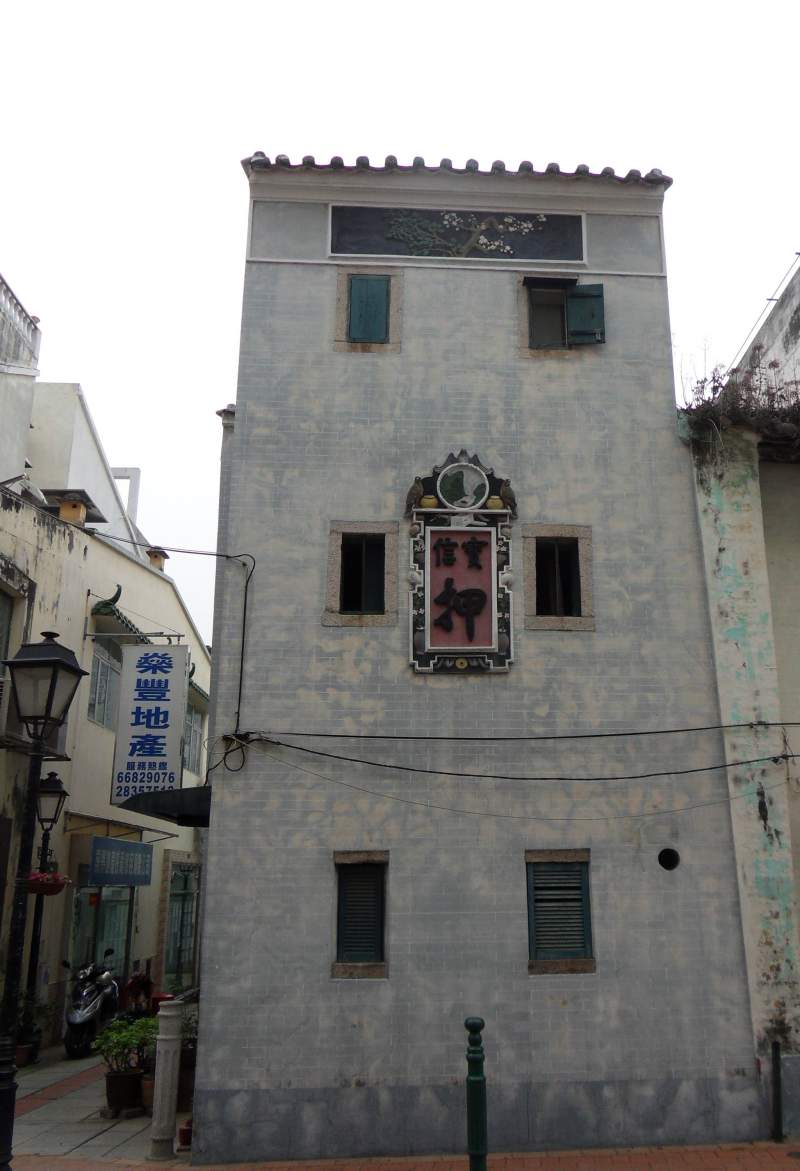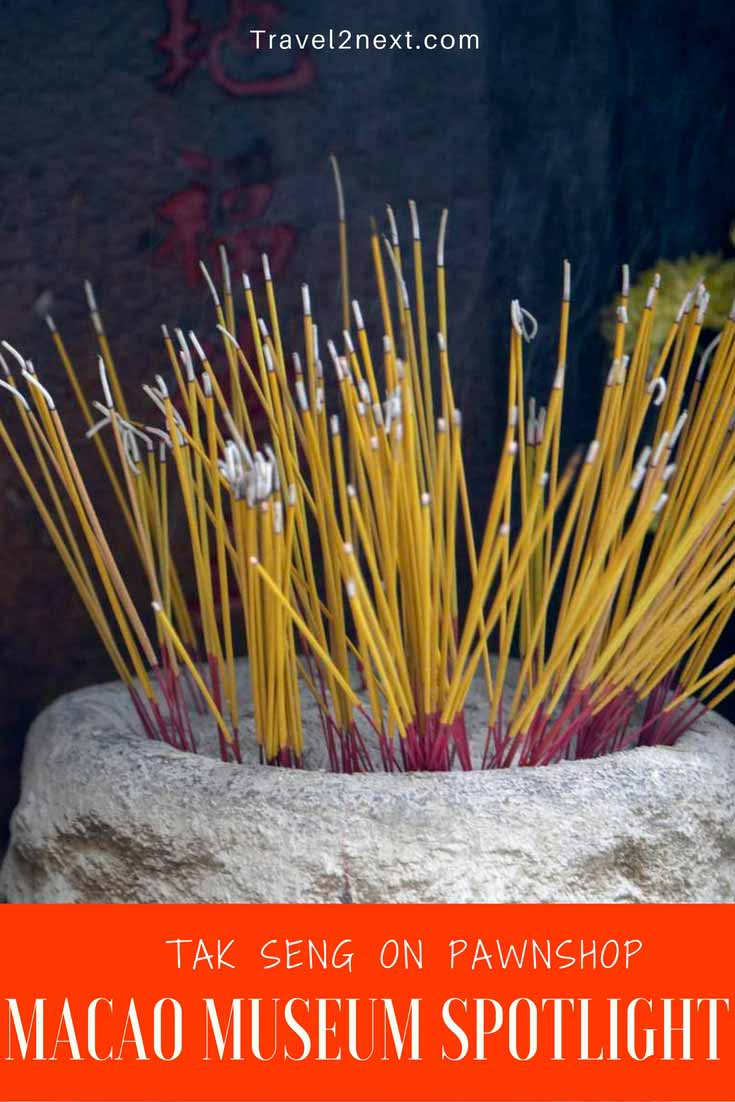With so many places to visit in Macau, it’s sometimes difficult to decide what to put on your Macau itinerary. Where there’s gambling, you’ll usually find pawn shops. And Macau is no exception. However, this special administrative region of China is also full of museums. One Macau museum worth visiting is the Tak Seng On pawnshop museum, which is possibly the world’s only pawn shop museum.
History lovers, people who enjoy unusual museums and those with a particular interest in the pawn industry will want to visit Tak Seng On while in Macau.
I have no connection to the pawn industry, but I love history and peculiar museums. So Tak Seng On was high on my list of sights to see.
The museum didn’t disappoint me.
It only takes about 30 minutes to see everything and you come away with a memory of the region’s distinct pawnshop ambience.
Tak Seng On pawnshop museum
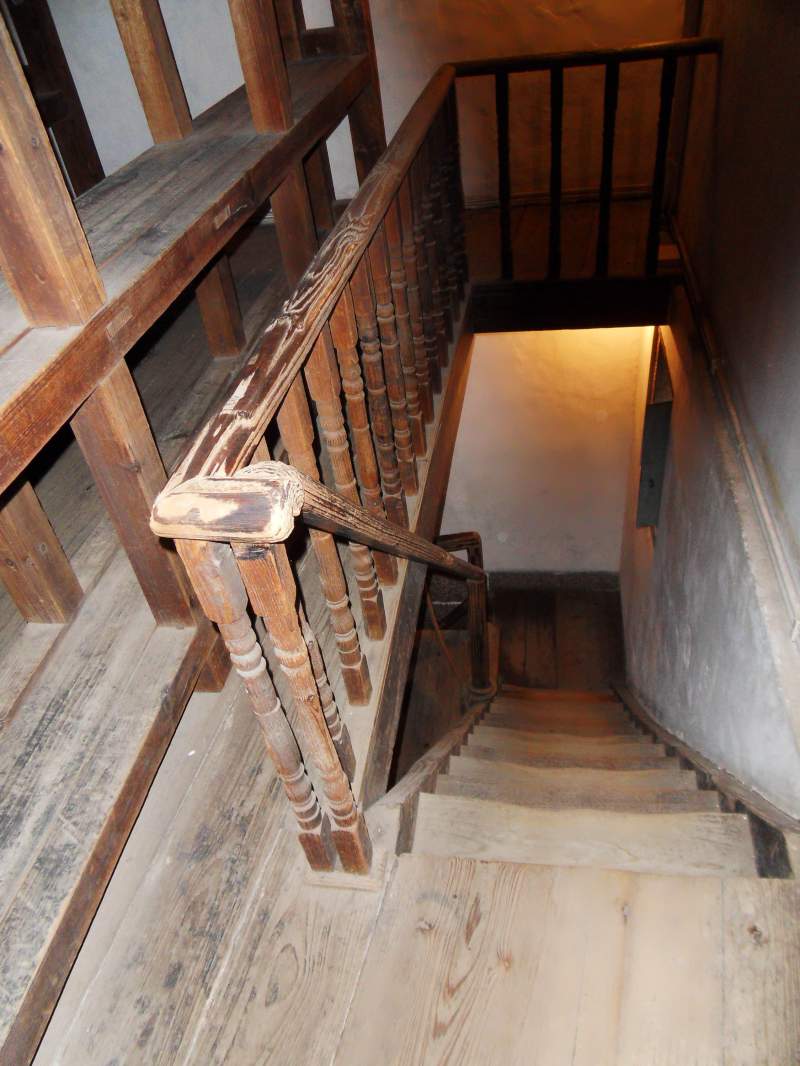
Can a pawn shop have a pleasant ambience?
Before my visit to Tak Seng On, my pawnshop experience was limited to a few tacky shops and a few episodes of the TV show Pawn Stars. But Tak Seng On, located on a narrow downtown street, had a surprising formality and dignity about it, at least to my modern eyes.
The business was established in 1917. Tak Seng On, which means “virtue and success,” is a typical example of Chinese pawnshop architecture of the time, and very similar to pawnshops found in Mainland China.
Macau’s many pawnshops clustered around wealthier areas, such as Avenida de Almeida Ribeiro, Rua de Sao Domingos Travessa do Matadouro, and Rua de Camilo Pessanha.
Inside Tak Seng On, you’ll visit two sections. You enter into the pawn building, then tour the warehouse behind.
Like other pawn shops of its time, Tak Seng On has a privacy screen front and center.
This shielded patrons from judgmental glances of passers-by, as it was shameful to have to pawn valuables.
What was the purpose of a Chinese pawnshop?
Pawnbrokers served as money lenders, keeping goods for up to three years.
Customers brought their valuables to a counter, which was blocked off by an iron fence.
Behind a screen, pawnbrokers assessed values of goods and dealt out money.
Modern visitors can see the tools of the trade, such as an old abacus, devices for examining gold and a magnifier.
You can also get your admission ticket – a replica of an old pawn check – stamped with traditional pawn shop stamps, which makes a nice little souvenir.
After viewing the area where patrons pawned goods, visitors can see the warehouse where the valuables were stored.
Pawn shop warehouses were thick-walled towers designed to protect against fire, flood, thieves and Macau’s summer humidity.
Tak Seng On’s eight-story tower was the tallest of its time, soaring over nearby buildings. Visitors can climb the old wooden steps and see the now mostly empty storage racks and vaults.
A few large red chests give you an inkling of what this place must have looked like when operating at full capacity.
While most people didn’t want to pawn their belongings, there was one common exception.
Tai tais, a term for the wives of rich merchants, pawned their furs in springtime and reclaimed them in the fall.
This was more cost-effective than caring for the coats themselves.
The towers protected furs from getting moldy during Macau’s humid summers.
Chinese Pawnshop Traditions
The pawn shop business model existed back in ancient Rome, Greece and China. Its Chinese roots trace back about 3,000 years.
Pawn shops signs in Hong Kong and Macau have displayed a special symbol for at least 200 years: an upside-down bat holding a large round coin, usually incorporating the colours red and green.
In Hong Kong Cantonese, the words for “bat” and “good fortune” sound the same.
The upside down bat is used because the word for “upside down” sounds like “arrive,” suggesting the onset of prosperity.
The word for coin also has several wordplay aspects, in addition to being an obvious symbol of riches.
The bats on these signs can be a bit abstract, so you have to know what you’re looking for to recognize the symbol.
Tak Seng On’s vivid red bat and coin sign hang on the wall in the pawnshop’s entry room.
Restoration and Award
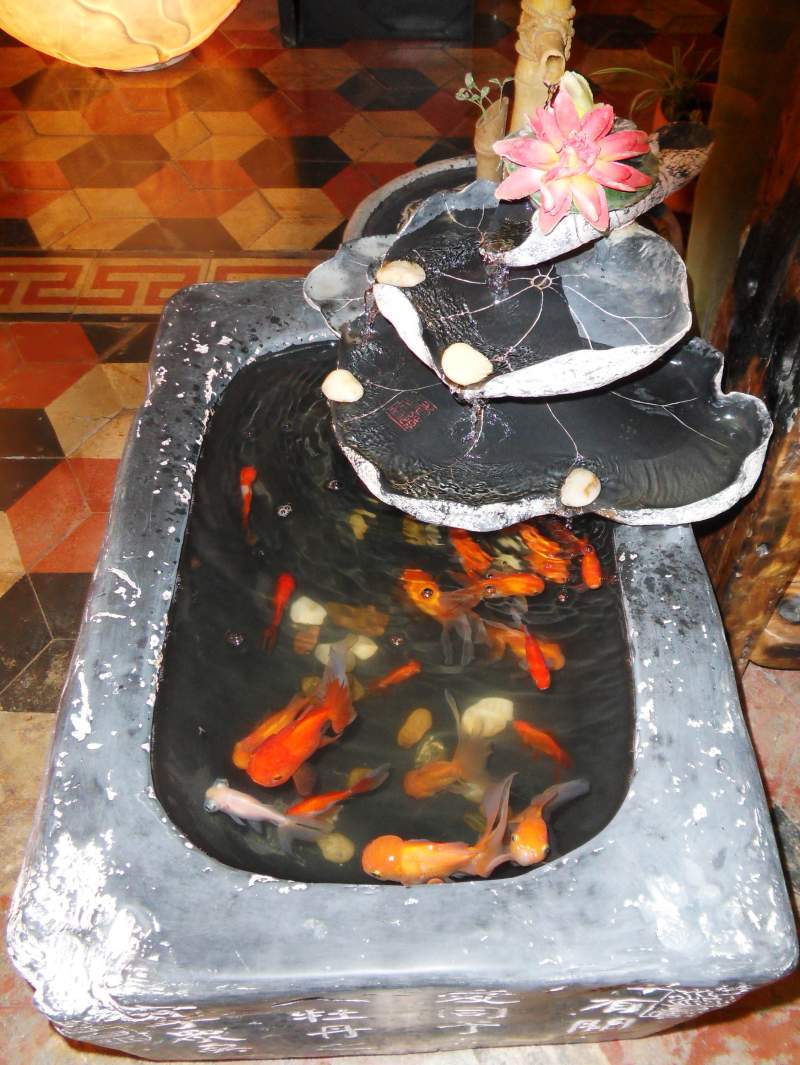
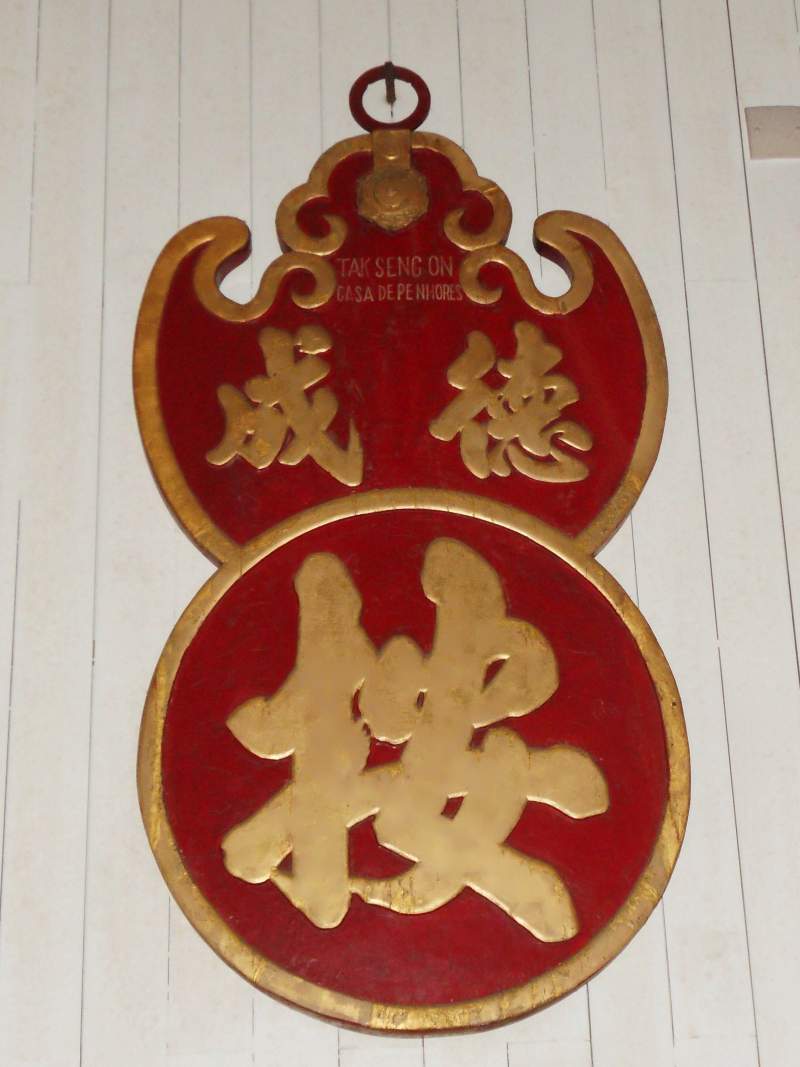
In 2004, Tak Seng On received an honourable mention in the UNESCO Asia Pacific Heritage Awards.
These awards go to organizations or private individuals for restoring and conserving buildings with valuable heritage.
To be eligible, buildings must be more than 50 years old and the restoration must have been completed in the last 10 years.
UNESCO credited the pawnshop as being a key landmark in Macau’s heritage, and for inspiring conservation efforts for the SAR’s other old commercial structures.
After the Tour
The Cultural Club shares space in the pawnshop building.
After touring the old pawn shop and tower, you can get tea and pastries, buy souvenirs and admire traditional fine and folk arts in the cultural exhibition hall.
I especially enjoyed a fountain filled with goldfish.
Later, walking through Taipa, I recognized the telltale tower of another old pawnshop, and the bat and coin sign.
If I hadn’t visited Tak Seng On, I never would have recognized the tower for what it was.
But like all students of history know, the more you learn about the past, the more you see how it still surrounds us.
Check out other Macau museums here.
Tak Seng On pawnshop
Address: No. 396 Avenida Almeida Ribeiro
Hours: 10:30 am to 7 pm (closed on the first Monday of every month)
Admission: MOP 5
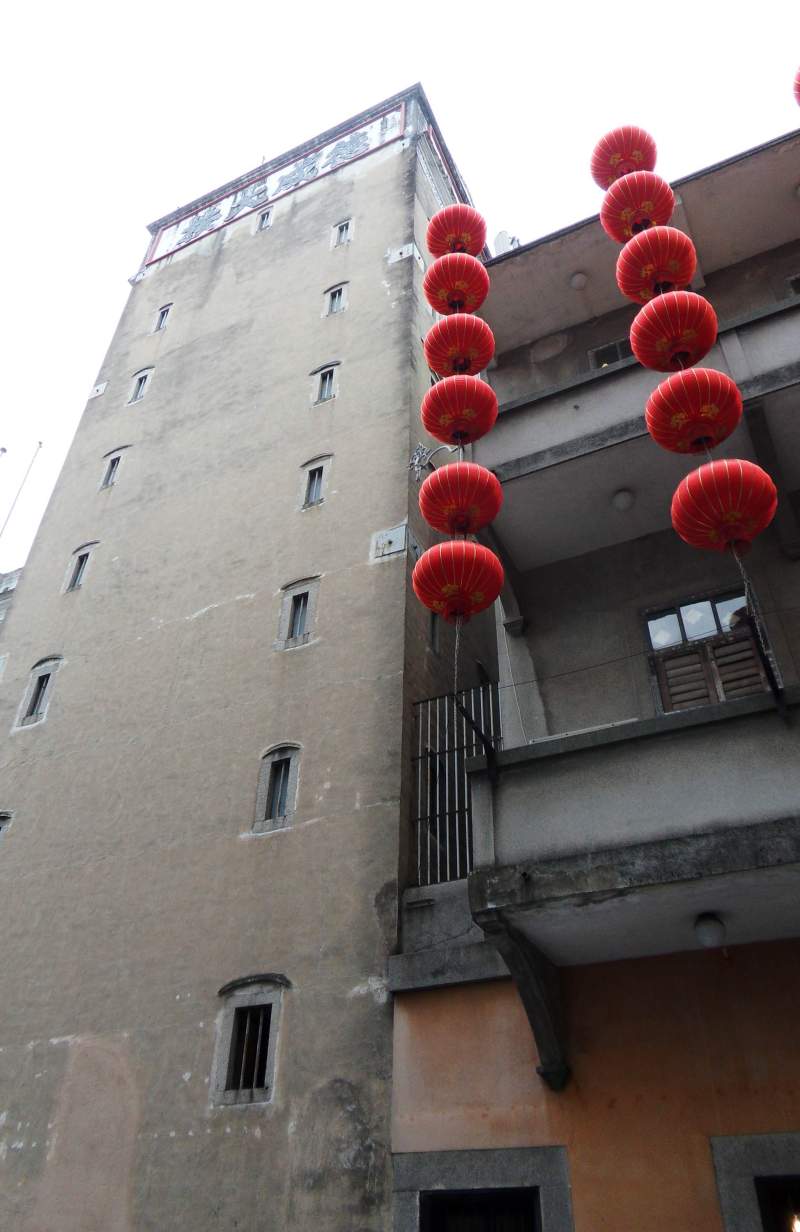
Discover Macao
Macau for kids
Visiting Macau with the family? There are plenty of attractions for the little ones to enjoy.
Where to stay in Macau
Macau has a good selection of hotels, from boutique hotels to six-star palaces. Many of these hotels have Presidential suites for high rollers, fabulous spas and amazing hotel swimming pools.
Best Macau restaurants
Macau has a range of cuisines, from traditional Macanese cuisine, served with Portuguese wine to Michelin star restaurants and Macau buffet restaurants. There are even vegetarian restaurants and plenty of good Italian restaurants in Macau.
Plan Your Trip

Rent A Car – Find the best car rental rates at Discover Cars. They compare car hire companies to provide you with the best deal right now.

Find A Hotel – If you’re curious about this article and are looking for somewhere to stay, take a look at these amazing hotels.
